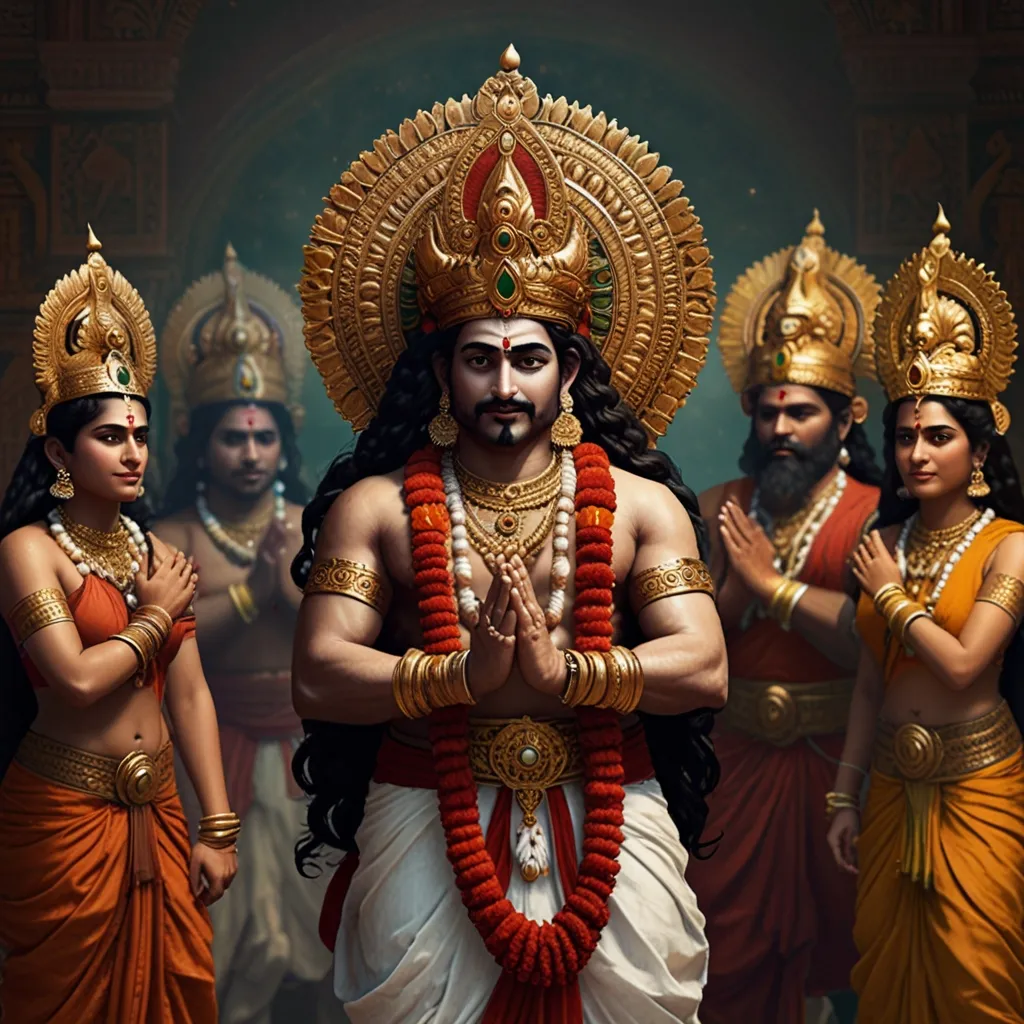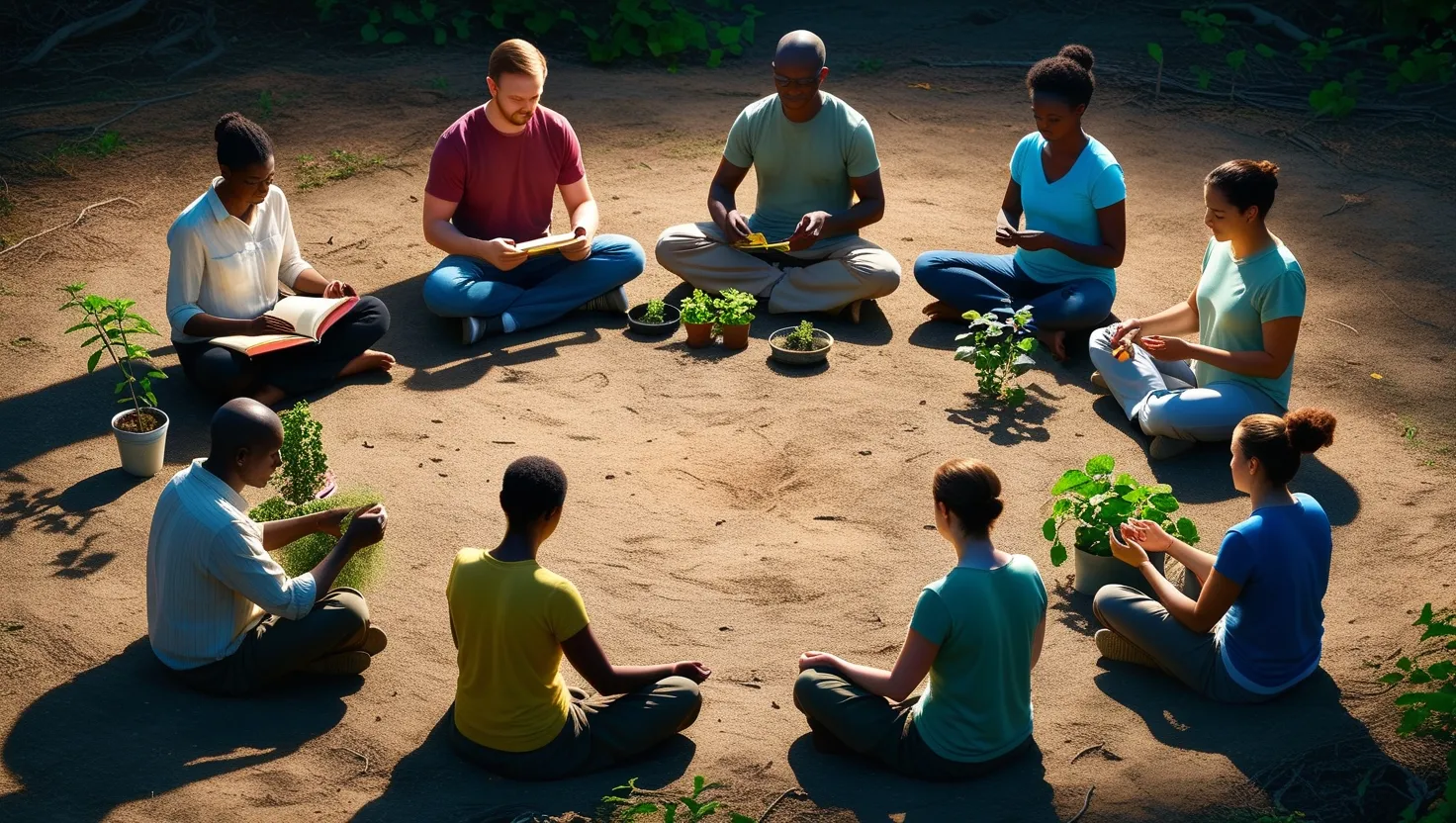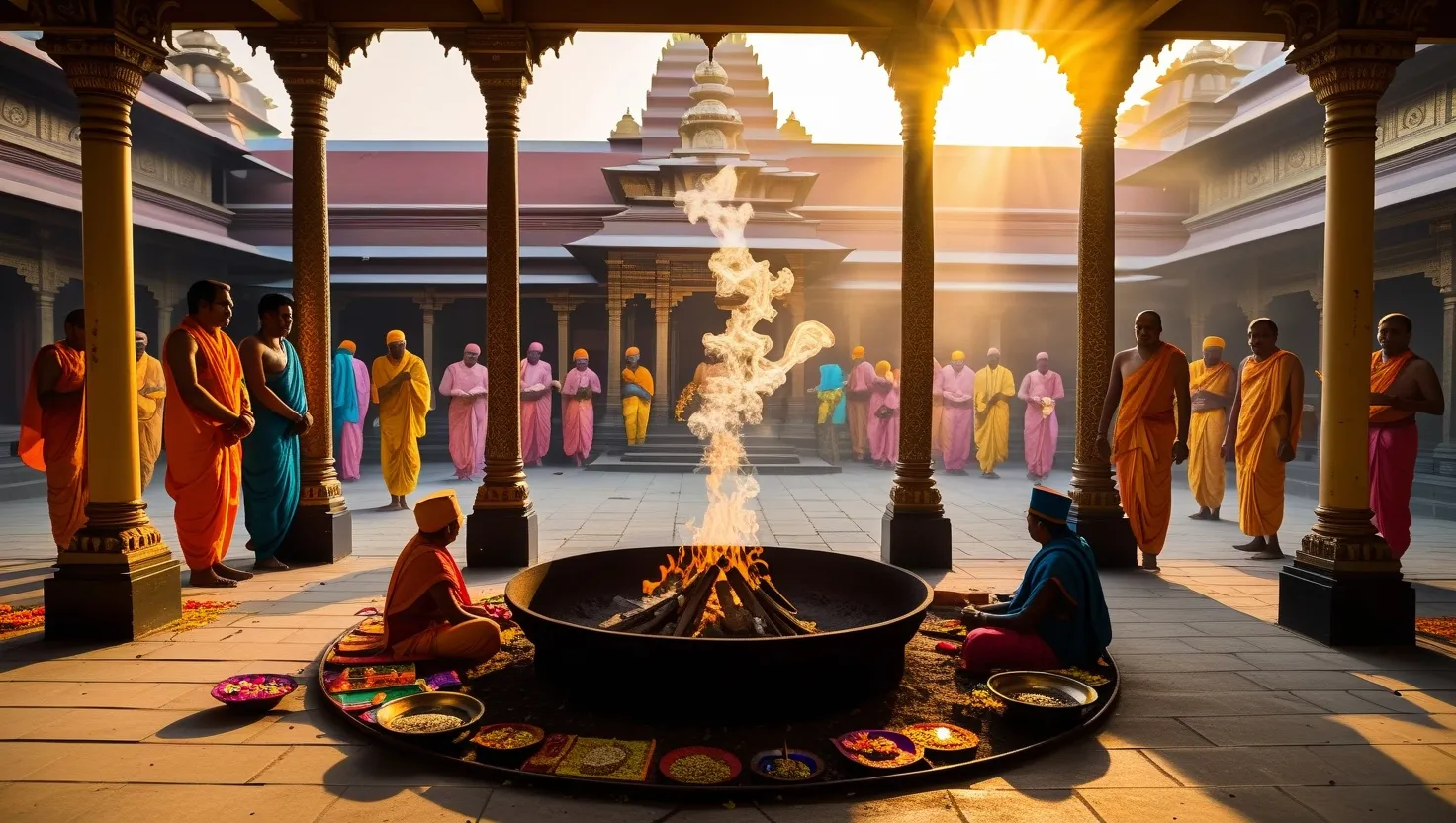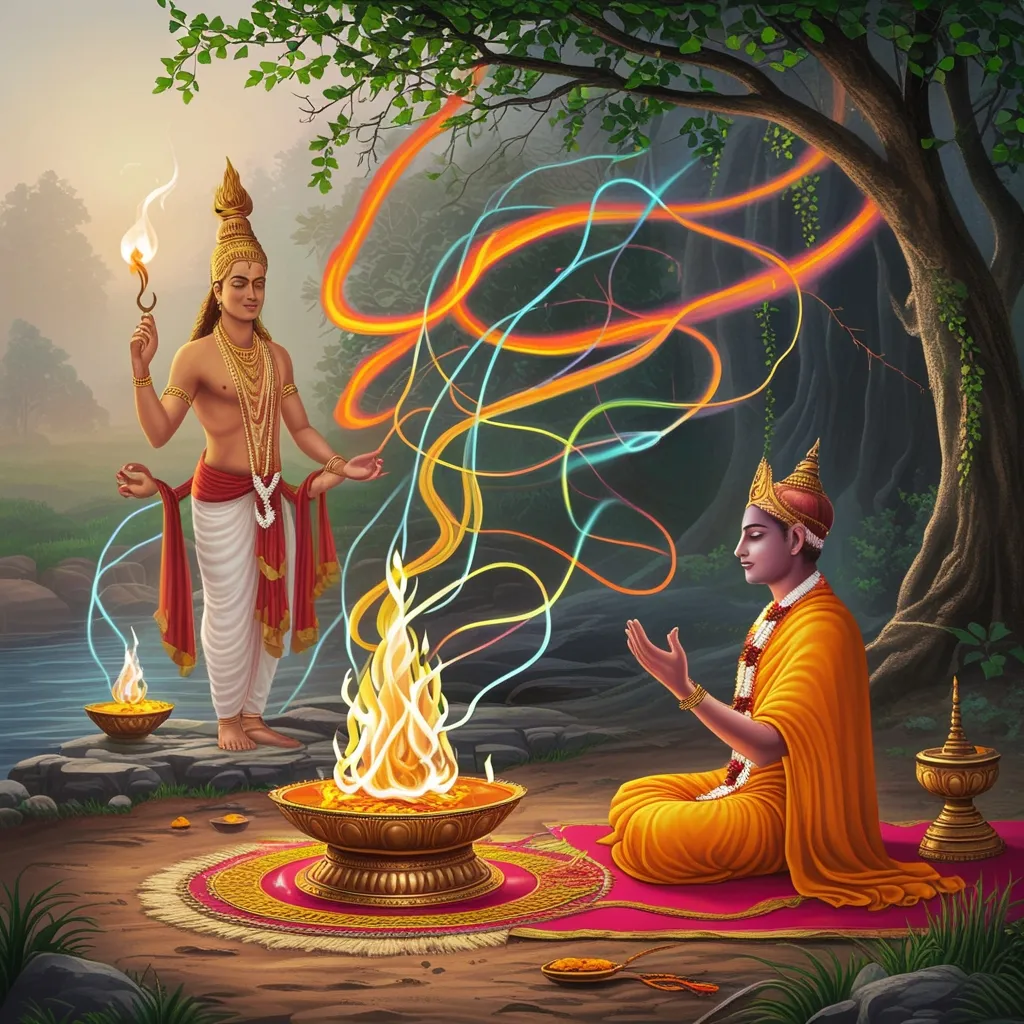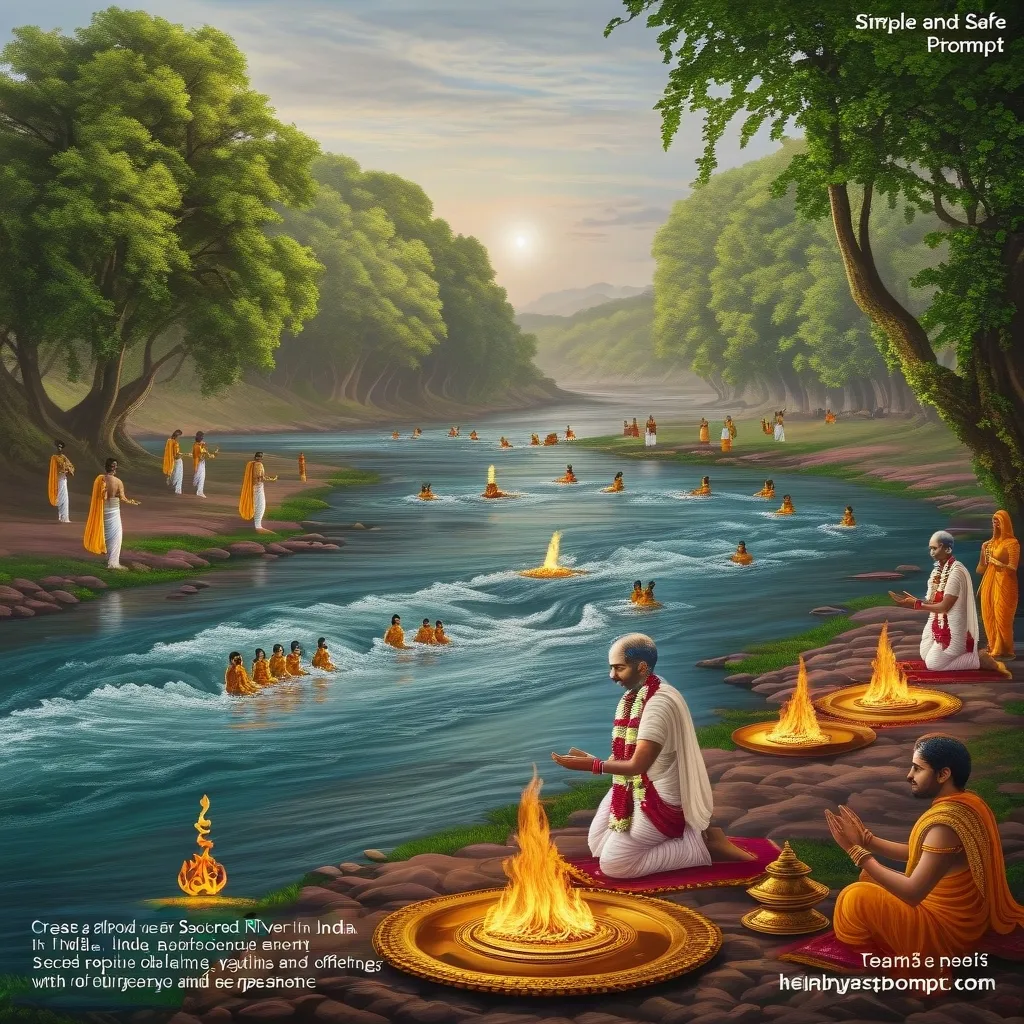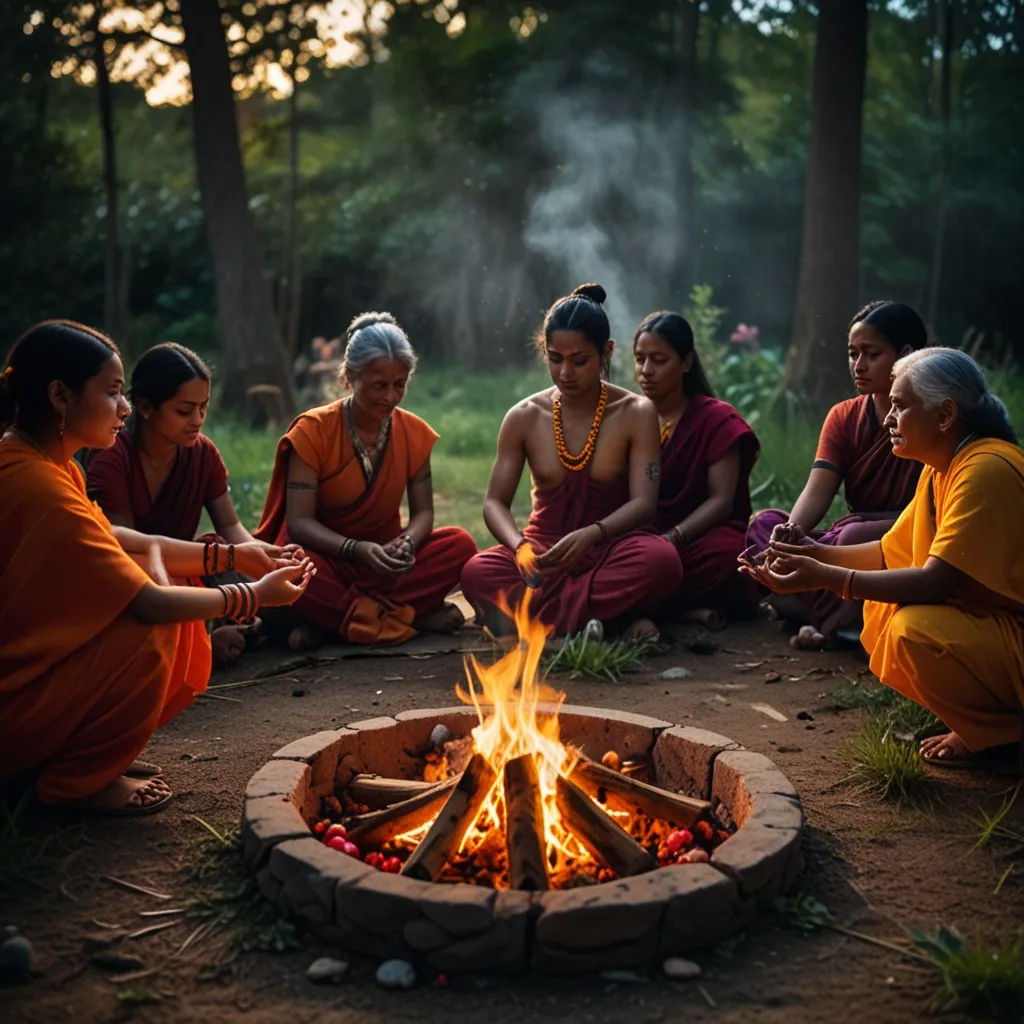The Rig Veda is like the grandparent of all Hindu texts, super old and super important. Imagine a world 1500 BCE in Punjab, that’s when this ancient poetry was born. It’s a collection of 1,028 poems, each one called a sukta, neatly packed into 10 cool circles known as mandalas. Yeah, these verses were like the best oral tradition ever, passed down by word of mouth before they finally got written around 300 BCE.
Understanding the Rig Veda is like opening a secret door to the minds of people back then. It dives deep into their religious practices, showing how they worshipped multiple gods and goddesses like Agni, Indra, Varuna, and Vishnu. But these hymns aren’t just about rituals; they sprinkle historical and cultural tales of those who crafted them.
Think of the Rig Veda as a magic lens that gives us a peek into the Indo-European world, shaping many cultures across Eurasia. It’s not just old poetry; it’s a priceless jewel for anyone into linguistics or world literature. Today, even though many might not get the ancient language, the recitation of the Rig Veda strikes a nostalgic chord, connecting people to their roots.
Despite its age, the Rig Veda stands strong in contemporary Hinduism, celebrated as ancient cultural treasure. You might hear its verses in modern music or dance, showing how these old words still dance in today’s times. Some argue it’s even tied back to the Indus Valley Civilization, though that’s a hot debate among scholars.
Translating the Rig Veda is no walk in the park. Its poetic vibes and ancient tongue make it tricky. But hey, people have done it! From Latin to English, these translations spread the wisdom far and wide. The first big translation was into Latin, followed by Max Müller’s epic six-volume work in German. H. H. Wilson gave the English-speaking world a taste using comments from a 14th-century Sanskrit whiz, Sāyaṇa.
The significance of the Rig Veda goes way beyond its religious essence. It’s a cultural and historical gem, educating and inspiring folks all around. Whether you’re a history buff, a scholar, or just a curious soul, the Rig Veda is your personal time machine into the early days of Hinduism and Indo-European legacy.
